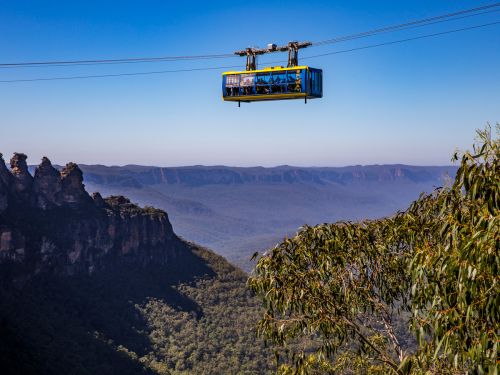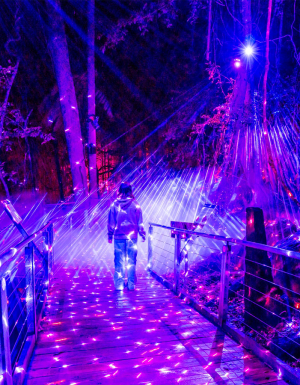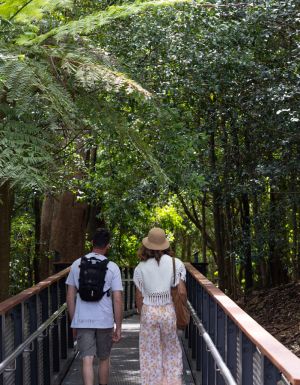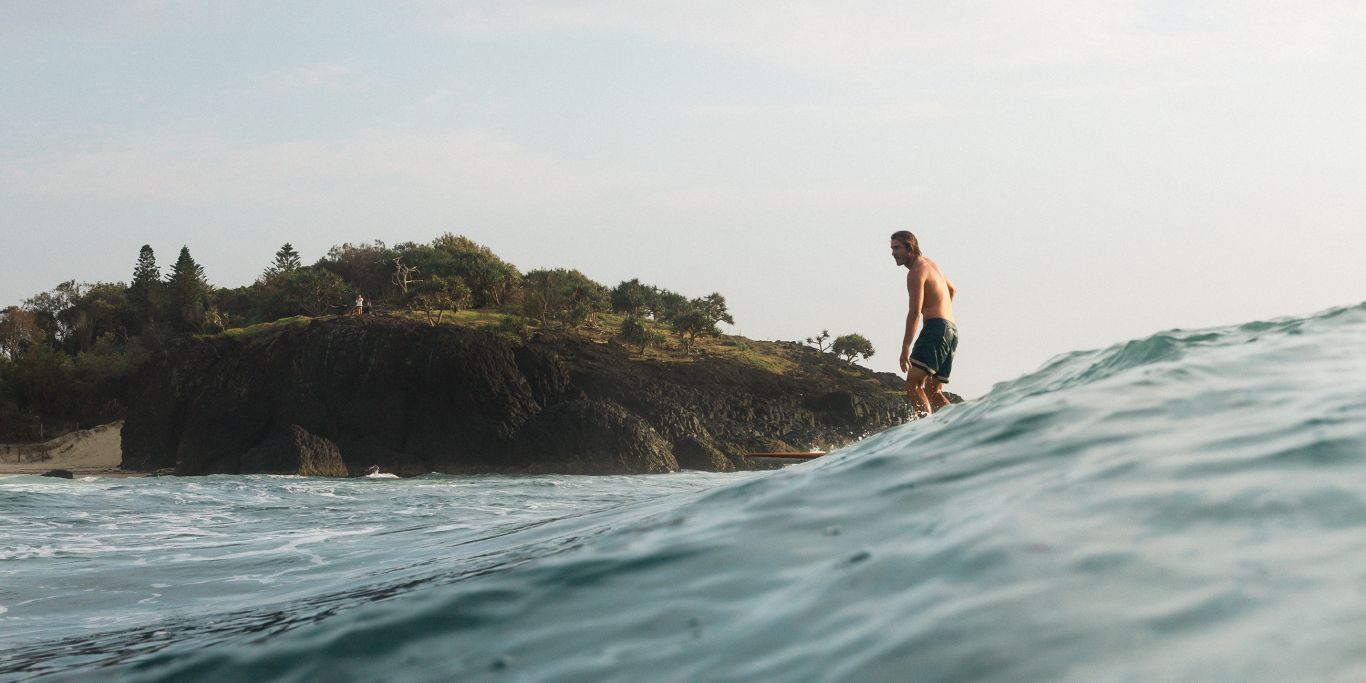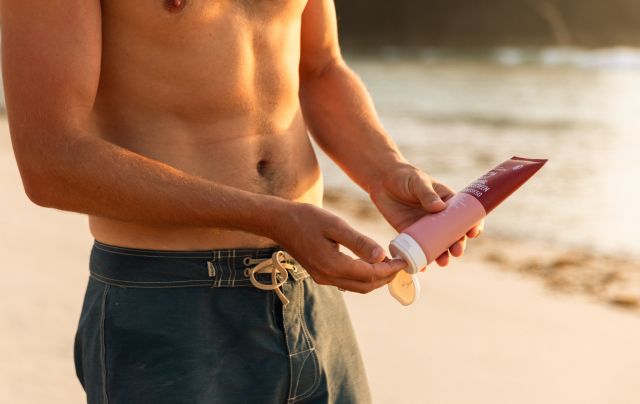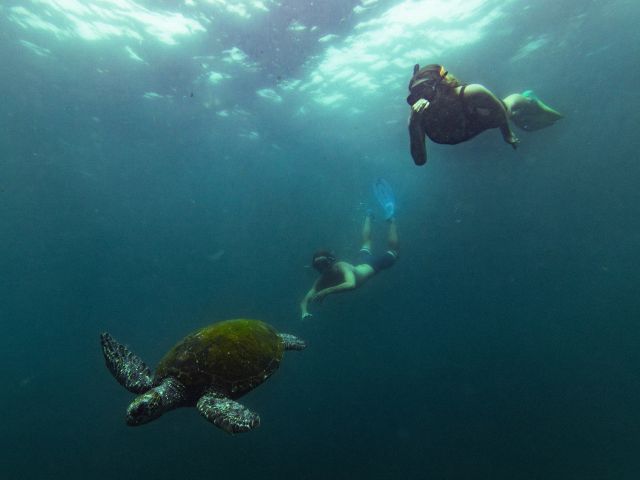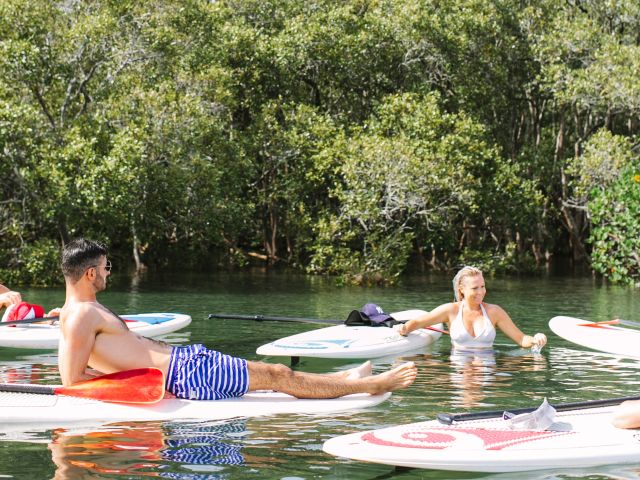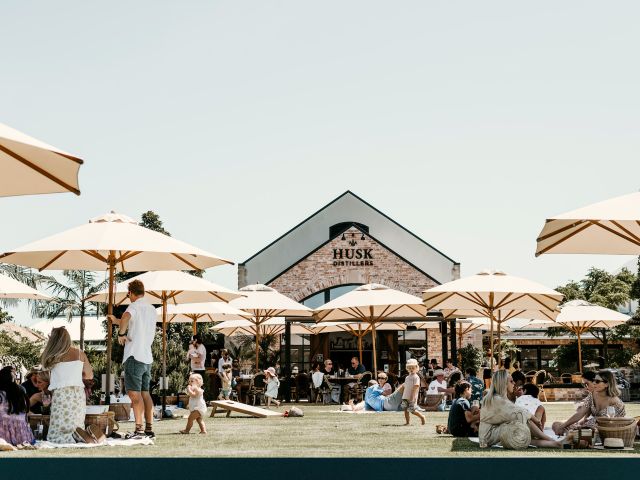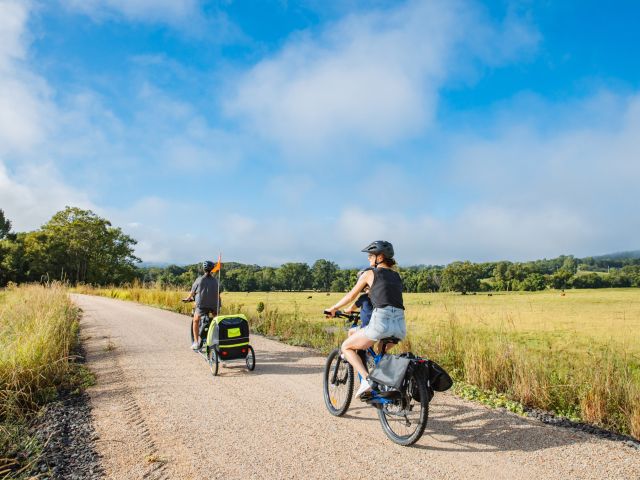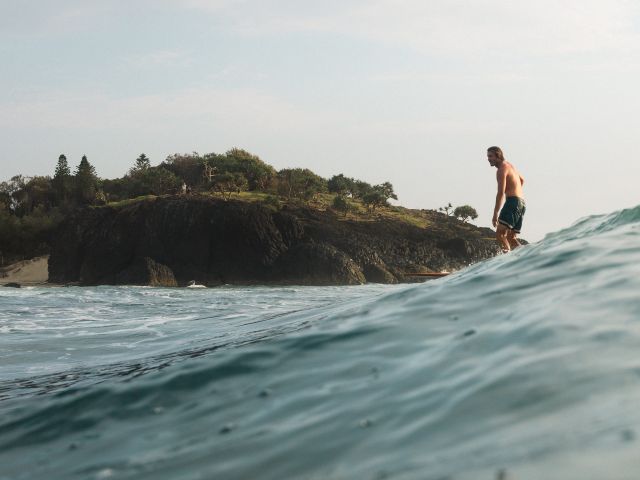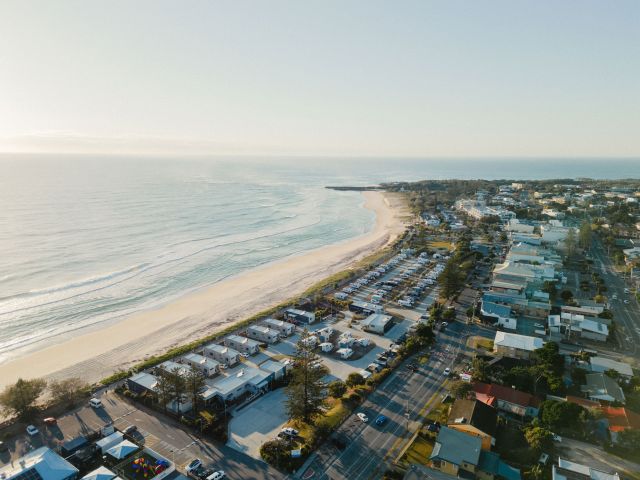Scenic World is an iconic experience that lays out the vast and captivating beauty of the Blue Mountains.
From a disused coal mine to a fixture of fun, Scenic World has been highlighting the natural assets of the Blue Mountains for more than 70 years. Swooping back and forth over sweeping valleys, across escarpments and up and down steep mountain sides on innovative modes of transport, Scenic World takes guests deep into this magnificent landscape.
But how, exactly? Read on for a Scenic World explainer and how to make the most of this world-class tourist attraction, which has fast become one of the best things to do in the Blue Mountains.
What is Scenic World?
A veritable theme park where nature is given star billing, Scenic World showcases the beauty of the Blue Mountains to day-trippers in fun and thrilling ways.
It was established in 1945 when Harry Hammon actioned his entrepreneurial idea to transform a former coal mine into a tourist attraction. Now, Scenic World has grown to encompass a variety of rides designed to traverse and interact with the verdant bush terrain in a minimally invasive way.

Hammon’s original plan was simply to repurpose coal skips and tracks from the Katoomba Colliery to create a passenger train – now known as the world’s steepest railway. But today, visitors can also take the cable car and skyway, absorb the lush surroundings along forest-floor pathways and take in the view with a cup of coffee at the cafe.
One of a select few accredited Ecotourism Australia businesses, Scenic World remains a Hammon family affair some 70 years after the first tourists rattled up the mountain in Harry’s converted coal train. And while the experience is, thankfully, far more polished and modern than it once was, this iconic Blue Mountains business is still a carriage-load of fun for a family day out.

Scenic World attractions
With bush-cloaked cliffs and rainforested ravines, the Blue Mountains does drama in a large format. While walking one of the region’s many stunning hikes is one way to uncover its beauty, to really appreciate the enormity of scale here, a little bit of elevation goes a long way. As well as offering lofty viewing opportunities, Scenic World also provides other attractions to excite everyone, from kids to adrenaline junkies.
Scenic Cableway
Glide gently into the Jamison Valley and return to the 510-metre-high escarpment on the Scenic Cableway. Voted the steepest cable car in the Southern Hemisphere, you’ll be fully enclosed with up to 83 other passengers for the eight-minute trip into (our out of) the forest.
If you find yourself a little jelly-legged, remember, both of the two cables are made to support 350 tonnes each, so you’re in safe hands as you journey on at five metres per second.

Scenic Railway
Originally built in the 19th century to transport coal into the Katoomba mine, the Scenic Railway has been voted the steepest passenger railway in the world by the Guiness Book of World Records. The ride is now in its fifth incarnation, having been redeveloped in 2013.
Once steam-powered, the train is now on an electric winch system and carries up to 84 passengers in four cars. The 310-metre route takes a pulse-quickening 52-degree incline into the Jamison Valley and returns in four minutes. Passengers can recline their seats to a 64-degree incline to really dial up the excitement factor.

Scenic Skyway
If you’re stomach allows, hop aboard the Scenic Skyway to be suspended between two cliffs 270 metres above ground along a 72-metre cable. Laying out views of Katoomba Falls, the Three Sisters, Mt Solitary and the Jamison Valley, the Swiss-made cabin dangles over the valley below.
Those brave enough can watch through the electro-glass floor as the canopy below glides past. Or, if that’s a little too intense, you can opt to stand on solid flooring or even take a seat. When the cable car opened in 1958, it was Australia’s first. The current cabin, which can carry up to 84 passengers every 10 minutes, is touted as the largest in the Southern Hemisphere.

Beyond Skyway
If travelling in a glass-bottomed cabin 270 metres above the ground is a little mundane for you, you’ll be pleased to know you can travel on top (yes, not in) of it with Beyond Skyway .
You’ll be securely harnessed to the roof of the cable car as it makes its 20-minute crossing across the valley. Absorb 360-degree views across the World Heritage-listed Blue Mountains, listening out for the crashing of Katoomba Falls below, one of the region’s most beautiful waterfalls. Beyond Skyway tickets start at $369 per person and $349 for children (10 and above).

Dinosaur Valley
On until February 2025, pint-size palaeontologists will love Scenic World’s Dinosaur Valley , where more than 50 dinos are positioned under the green canopy like large-scale toys. Descend the Scenic Railway to start the hunt along elevated boardwalks, where you might spot tyrannosaurus Rex, stegosaurus and others, as well as learn fascinating facts from the Dinosaur Ranger team.
Then, quickly make your way out of the valley by aerial cable car before the meat-eating predators pick up your scent! You can also purchase a Junior Rangers Kit, which includes binoculars, a drink bottle and hat.

Scenic World tickets and entry fees
If you’re spending the day at Scenic World, your best option is to choose the Unlimited Discovery Pass for $54 per adult or $32.40 per child. It includes a passage on the Scenic Skyway, Railway, Walkway and Cableway, plus access to Dinosaur Valley, as often as you can manage in one day. There are family options for this pass, too.
If you expect to visit more than three times in the year, you’re better off opting in for the annual pass, priced at $105 for adults and $57 for children. This pass entitles you to unlimited visits across 12 months, with kids three years and under free on both passes.

Getting to Scenic World and parking
Located less than a two-hour drive from Sydney, Scenic World is a relatively easy day trip for the state capital. Free parking is conveniently available onsite, as well as charging points for electric vehicles.
If you’re coming via public transport, Sydney Trains stops at Katoomba Station, just three kilometres from Scenic World. Simply jump on the Blue Mountains Explorer Bus, another of Katoomba’s best activities in itself, or take the public bus (686 and 686G).

Accessibility
The Scenic Cableway, Walkway and Skyway are all wheelchair accessible. However, due to the steep incline of the Scenic Railway and its safety protocols, wheelcahir access is not available. There are accessible car parking spots onsite, as well as automatic doors, lifts, ramps and accessible toilets.
Service dogs, including guide, hearing and assistance companions, are also welcome at Scenic World, as long as harnesses and leashes are owrn at all times. Scenic World recommends that any visitors with accessibility or mobility needs contact them ahead of their visit.
Scenic World opening hours
Scenic World is open 365 days of the year, although opening hours can vary. Regular opening hours during the week are 10 am – 4 pm and 9 am – 5 pm on weekends. However during NSW school holiday periods, it’s 9 am – 5 pm, seven days a week.
Scenic World may be open longer during the summer months, so be sure to check the website before planning your trip. Bookings are essential and ticket entry is timed.



